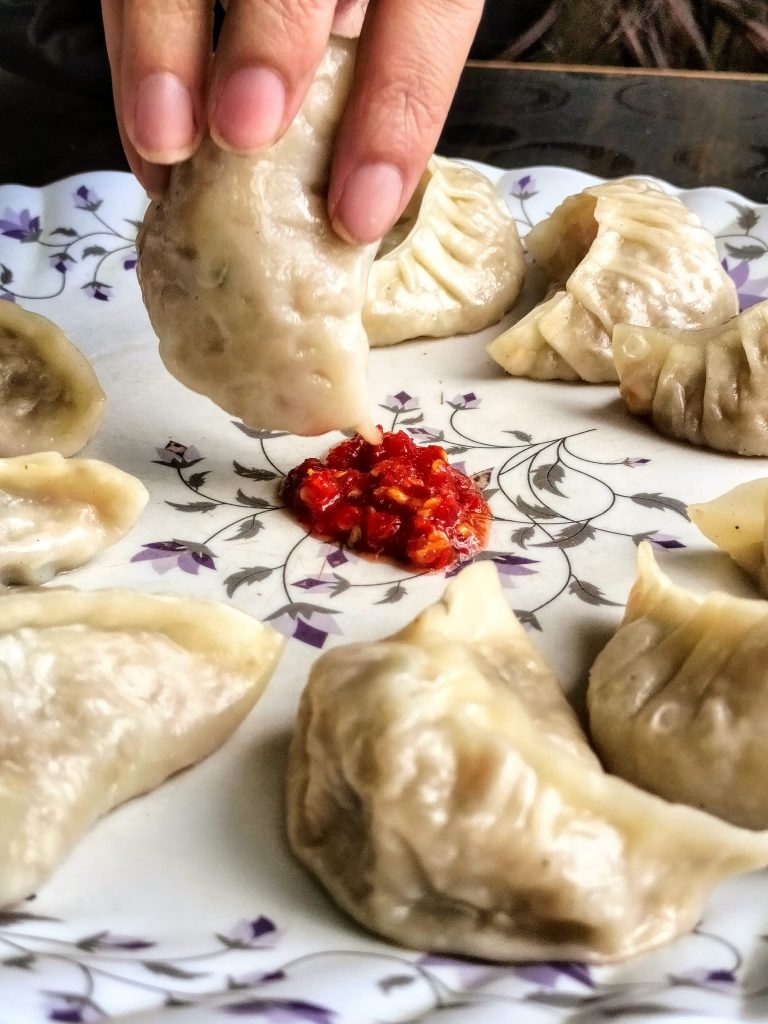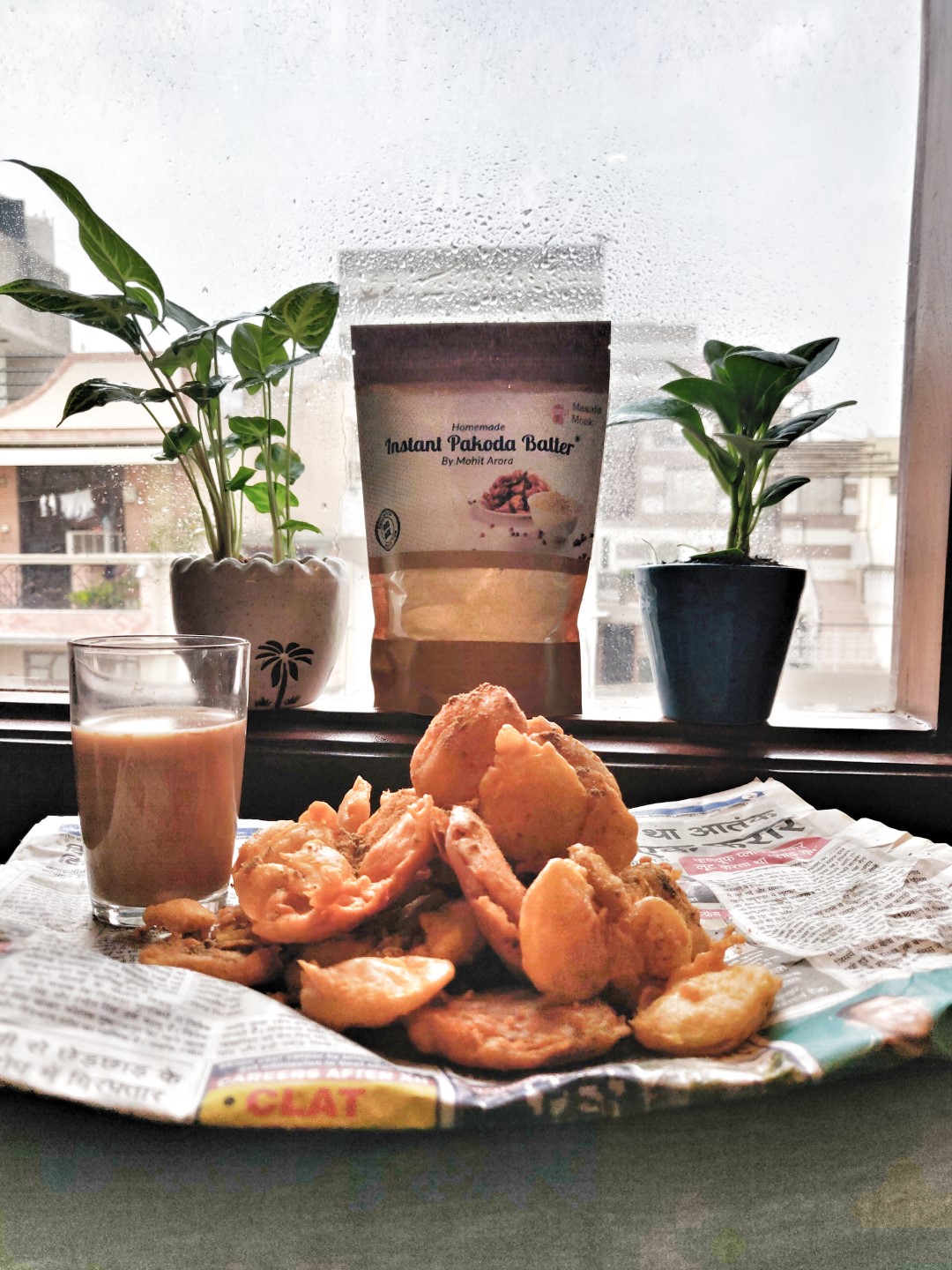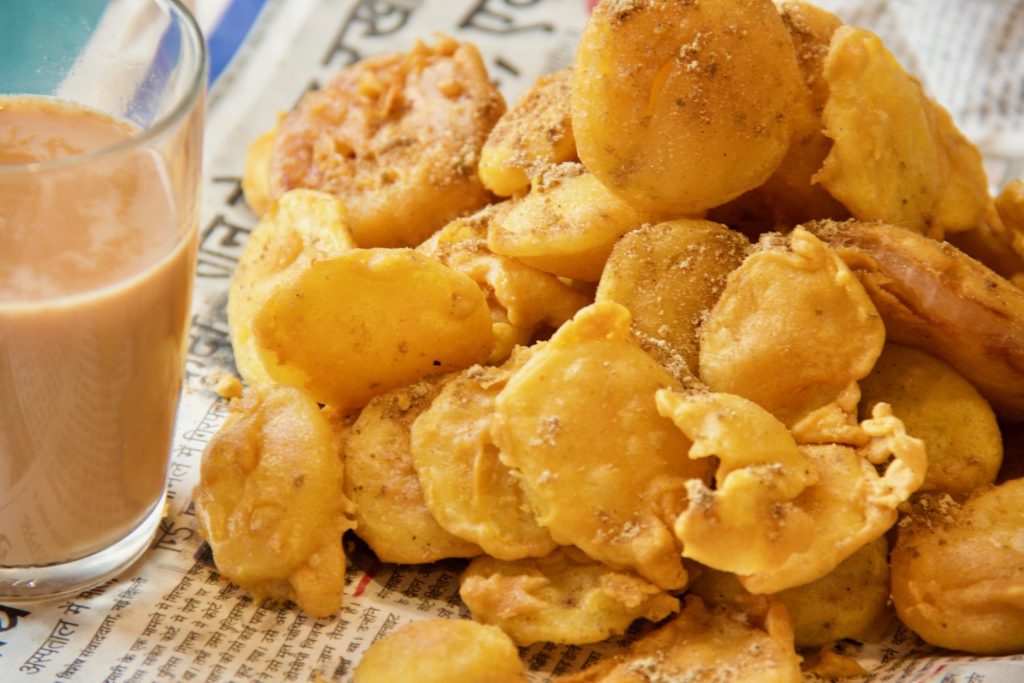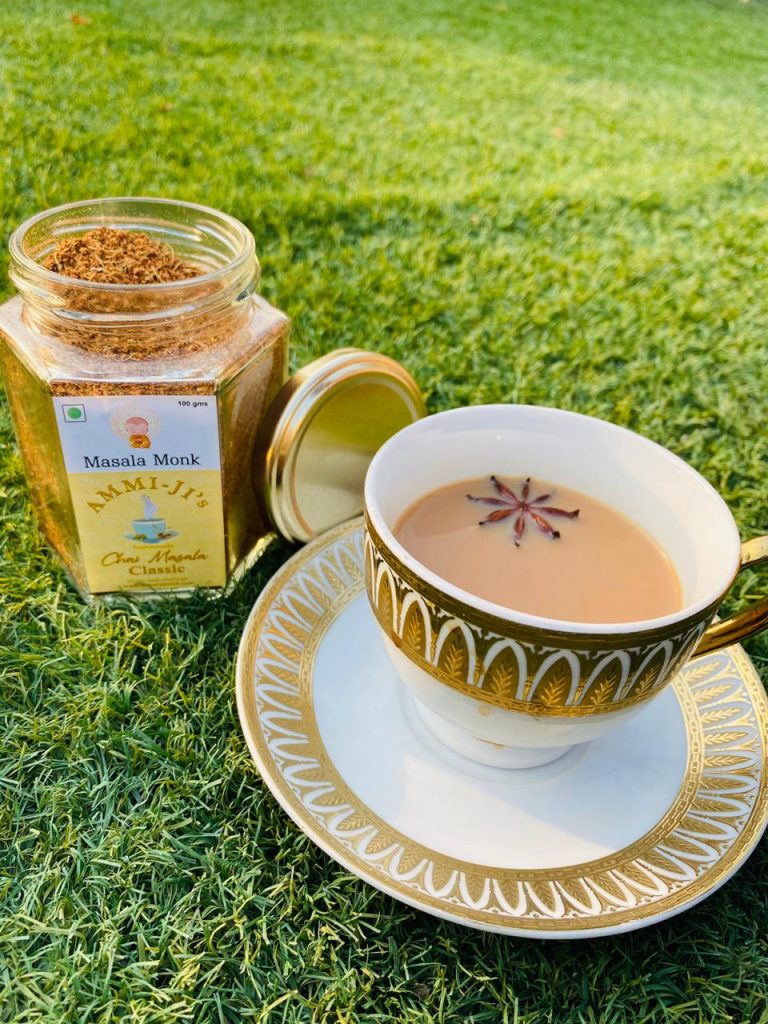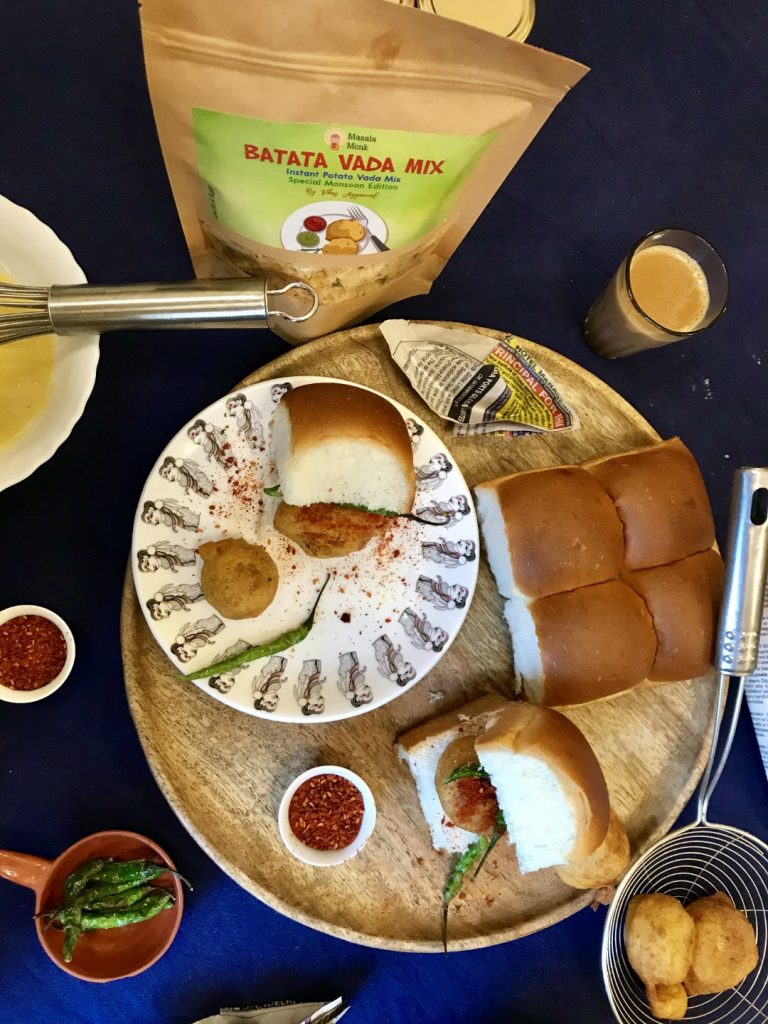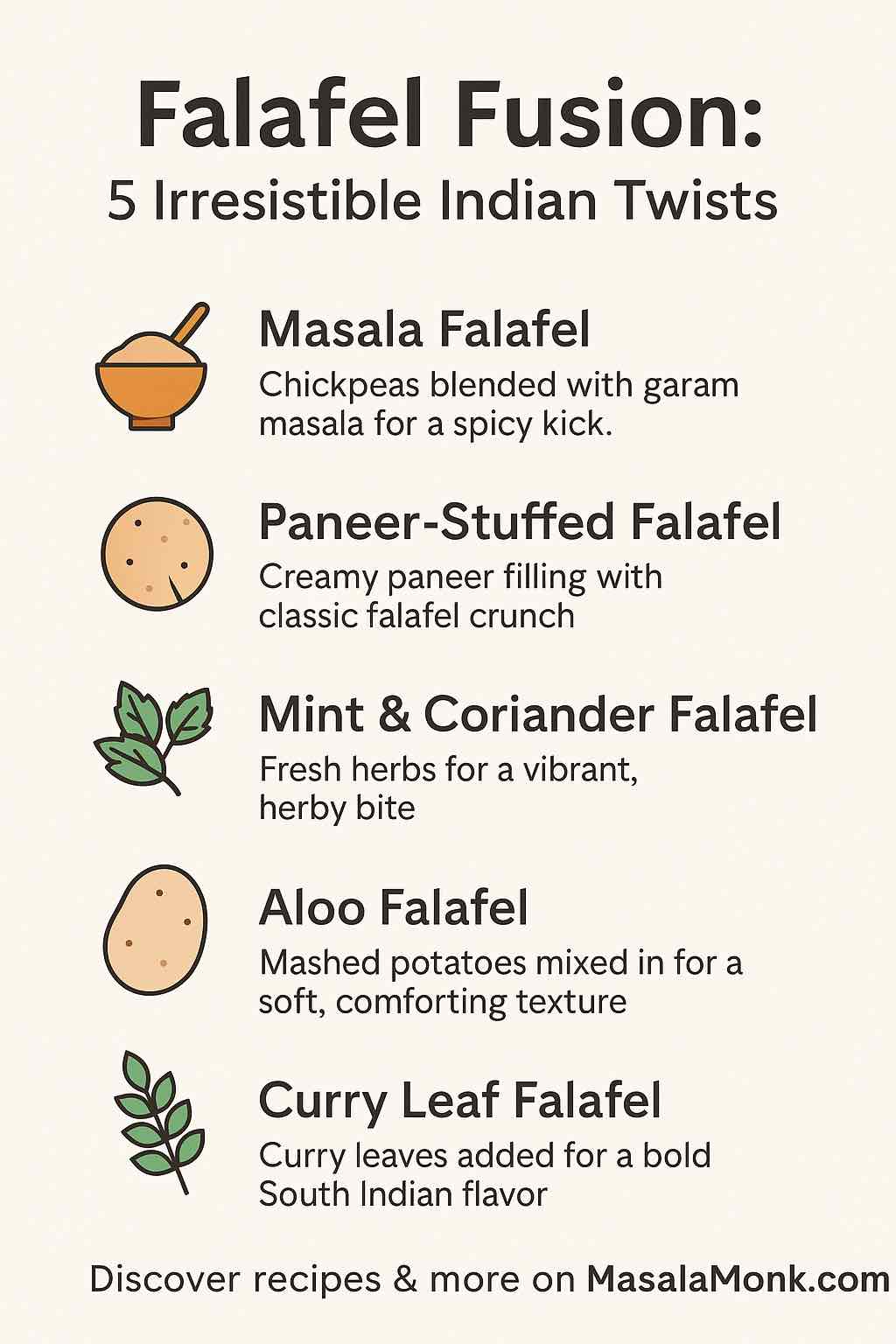
Somewhere along the ancient Silk Route, in the mosaic of bustling markets and kitchen fires, chickpeas met spices and magic happened. This is the origin story of falafel—one of the world’s most beloved snacks, golden and crisp, aromatic and infinitely versatile.
Today, falafel’s journey continues, and nowhere is this reinvention more exciting than in Indian kitchens. In a country where street food is a religion, spices are sacred, and vegetables are celebrated, falafel finds new meaning. At MasalaMonk, we believe in culinary adventure. If you’re ready to make tradition your own, keep reading for five Indian-inspired falafel twists—each tested, practical, and sure to make you a legend among friends and family.
The Heartbeat of Falafel: Simple, Honest, Timeless
Before we let our imagination run wild, let’s pay homage to the falafel’s roots. The classic is beautiful in its simplicity: soaked (never canned!) chickpeas, fresh herbs like parsley and coriander, garlic and onion for warmth, cumin and coriander for spice, and a pinch of baking powder or flour for perfect crispness.
What emerges from the bubbling oil is a ball that’s nutty, earthy, and deeply satisfying. In the Middle East, falafel is enjoyed everywhere—from street carts in Cairo to family kitchens in Tel Aviv—tucked into pita bread, loaded with crisp vegetables and drizzled with creamy tahini or tangy yogurt sauce.
Why Falafel & India Are a Match Made in Heaven
Walk through any Indian city and the air hums with possibilities: vendors frying snacks, families gathered for tiffin, tables covered in chutneys, salads, pickles, and fresh bread. Falafel, with its all-veggie soul, slips effortlessly into this world. It is as natural in a Mumbai pav as it is in a Jerusalem pita, as beloved on a Delhi street as in a trendy vegan café.
Indian twists on falafel celebrate what we do best—layering flavors, exploring textures, pairing with zesty sauces, and always looking for something new. These fusion falafels are more than recipes; they’re invitations to play, experiment, and share.
The 5 Indian Twists: Fusion That Tells a Story
Ready to roll up your sleeves? Here are five Indian-inspired falafel twists, each with its own backstory, personality, and serving ideas. All are practical for the home cook—no fancy gadgets required (unless you want to get out your air fryer!).
1. Masala Chana Falafel: A Love Letter to the Bazaar
Imagine the spice-laden air of an Indian bazaar. That’s the inspiration here. The humble chickpea is joined by garam masala and a dash of amchur, giving these falafels warmth and tang that’s unmistakably Indian.
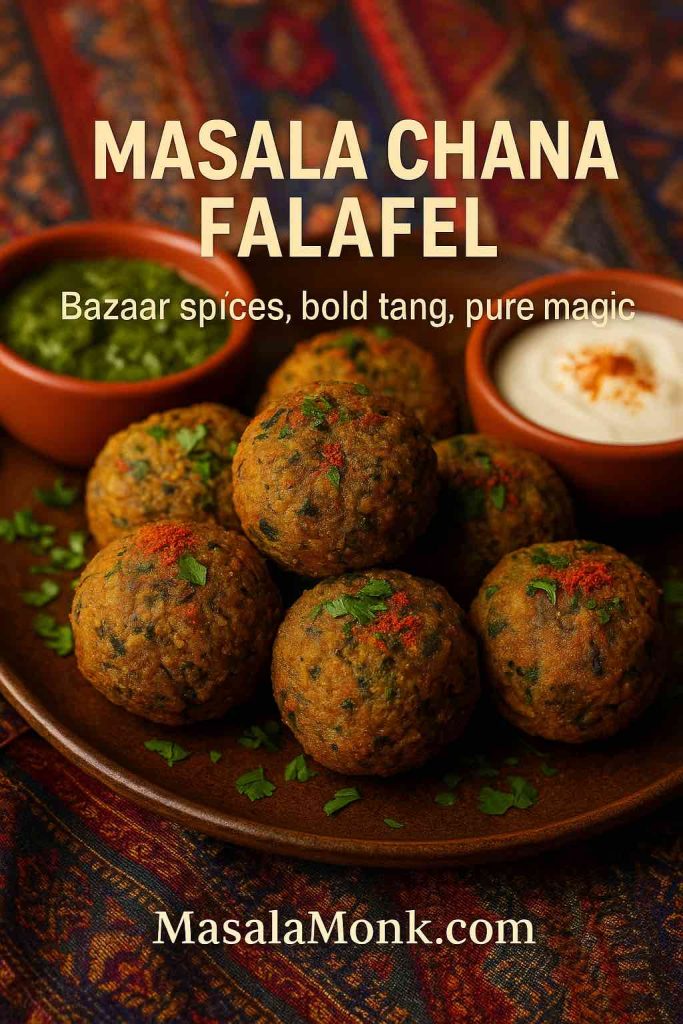
How to Make It Yours:
- Soak dried chickpeas overnight for the best bite—canned just won’t do.
- Blitz with garlic, onion, a heaped spoon of garam masala, and amchur (dried mango powder).
- A touch of besan (gram flour) helps hold things together, while chopped coriander brings freshness.
- Chill your mixture, shape into balls, and fry, air-fry, or bake until deeply golden.
Serving Inspiration:
These are made for dipping! Try with bright green mint chutney, yogurt laced with black salt, or stuff into warm pav with crunchy onions and a swipe of tamarind sauce.
For the Health-Conscious:
Use your air fryer: shape and spritz the falafel with a little oil, then air-fry at 200°C (400°F) for 14–16 minutes, flipping halfway. You’ll get the crunch, minus the extra oil.
On a Budget?
Chickpeas are inexpensive, besan is pantry-friendly, and the spices are probably in your kitchen already. Double the recipe and freeze uncooked falafels for later.
2. Methi-Palak Falafel: Greens for the Soul
This twist is all about color, nutrition, and that deep, herbaceous note Indians love. Inspired by hara bhara kabab, it’s a delicious way to get more greens into every bite.
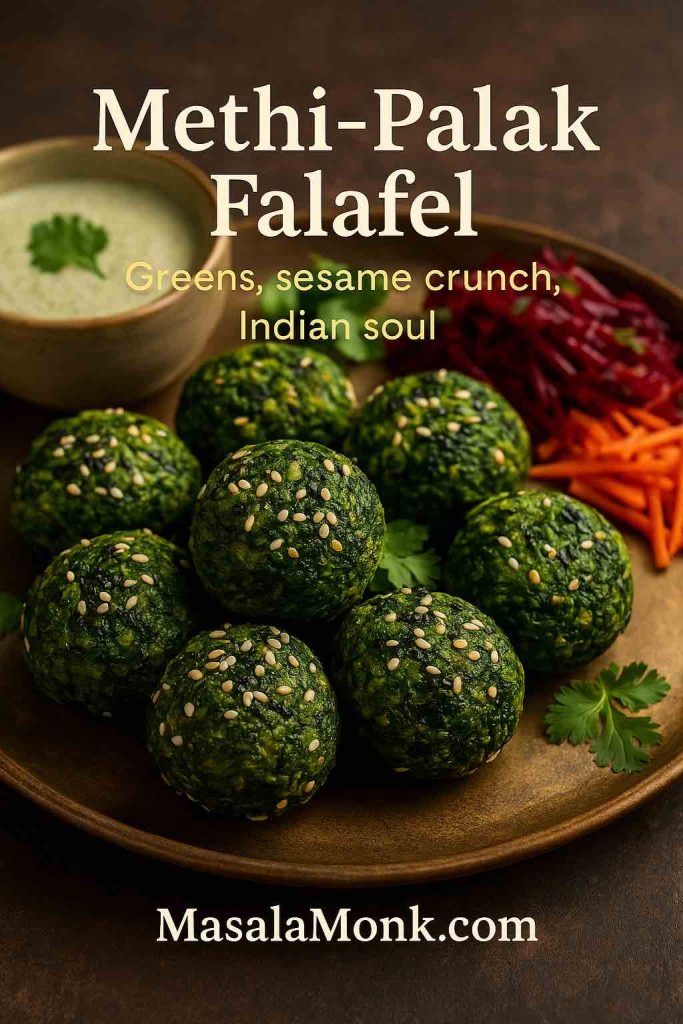
How to Make It Yours:
- Soak chickpeas, then blend with blanched spinach, fresh methi leaves, mint, and coriander.
- Spice things up with green chili, roasted cumin, a sprinkle of amchur for tang, and a whisper of nutmeg if you’re feeling bold.
- For extra crunch and visual flair, roll each falafel in a mix of black and white sesame seeds before frying or air-frying.
- If you’re looking to use less oil, try cooking these in an appe/appam pan—just a few drops per cavity needed!
Serving Inspiration:
Serve alongside coconut chutney, a salad of grated beets and carrots, or as a colorful party platter. These are a hit with kids—sneaky greens never tasted so good.
For the Health-Conscious:
Go heavy on the greens and skip the deep fryer entirely. The appam pan or air fryer makes these low-oil, high-flavor.
On a Budget?
Use frozen spinach or methi to cut costs—no need for fancy fresh herbs if they’re not in season.
3. Aloo Tikki Falafel: The Snack Everyone Loves
If you grew up eating aloo tikki on the street, you’ll love this mashup. Here, boiled potatoes blend with chickpeas for a softer, creamier falafel—spiced in the style of Delhi’s famous tikkis.
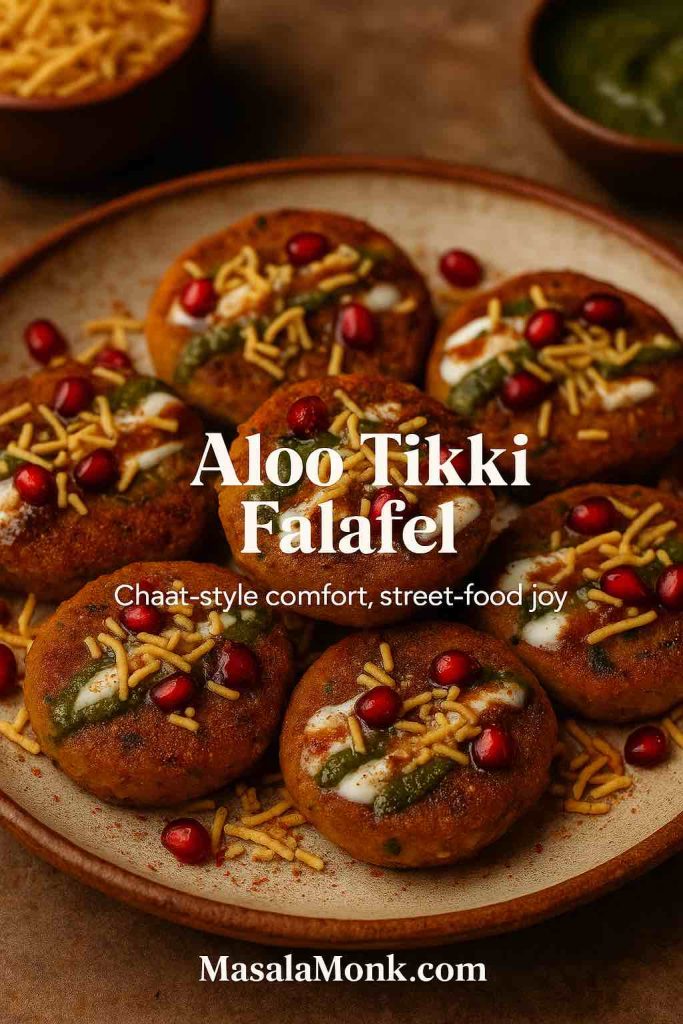
How to Make It Yours:
- Mash together equal parts boiled potato and soaked chickpeas.
- Add chaat masala, roasted cumin, green chili, chopped coriander, and a pinch of ajwain.
- A bit of cornflour ensures crispness and holds the mix together.
- Shape into flat tikkis or round balls—both work.
- Pan-fry for a golden crust, or bake/air-fry for a lighter touch.
Serving Inspiration:
Layer into pav with tamarind and green chutneys, or serve chaat-style with whipped yogurt, crunchy sev, pomegranate, and diced onions. Street-food joy in every bite.
For the Health-Conscious:
Bake or air-fry with minimal oil, and use sweet potato for an even lower-GI, vitamin-rich twist.
On a Budget?
Potatoes and chickpeas are among the most economical ingredients—this one’s a real crowd-feeder.
4. Paneer Bhurji Falafel: Creamy, Cheesy, Crowd-Pleaser
Falafel meets paneer bhurji—need we say more? This is fusion at its richest, with soft crumbled paneer folded into the falafel, perfumed with ginger, turmeric, and kasuri methi.

How to Make It Yours:
- Combine soaked chickpeas and well-crumbled paneer in your mixer.
- Add onion, ginger, garlic, green chili, turmeric, garam masala, and kasuri methi.
- A tablespoon of besan helps the mix hold together.
- Don’t over-blend; you want a little texture.
- Shape into patties, then shallow fry, bake, or air-fry.
Serving Inspiration:
Wrap in soft whole-wheat rotis with kachumber salad, or serve on naan with pickled onions and a swirl of lemony yogurt.
For the Health-Conscious:
Use low-fat paneer or swap in firm tofu for a vegan, high-protein version.
On a Budget?
Paneer can be homemade from milk for a fraction of the store price. Make a big batch and freeze extra patties for lunchboxes or snacks.
5. Daal Bati Falafel: Rajasthan on a Plate
The hearty warmth of Rajasthan’s daal bati meets falafel’s crisp magic in this original twist. This is comfort food, transformed.
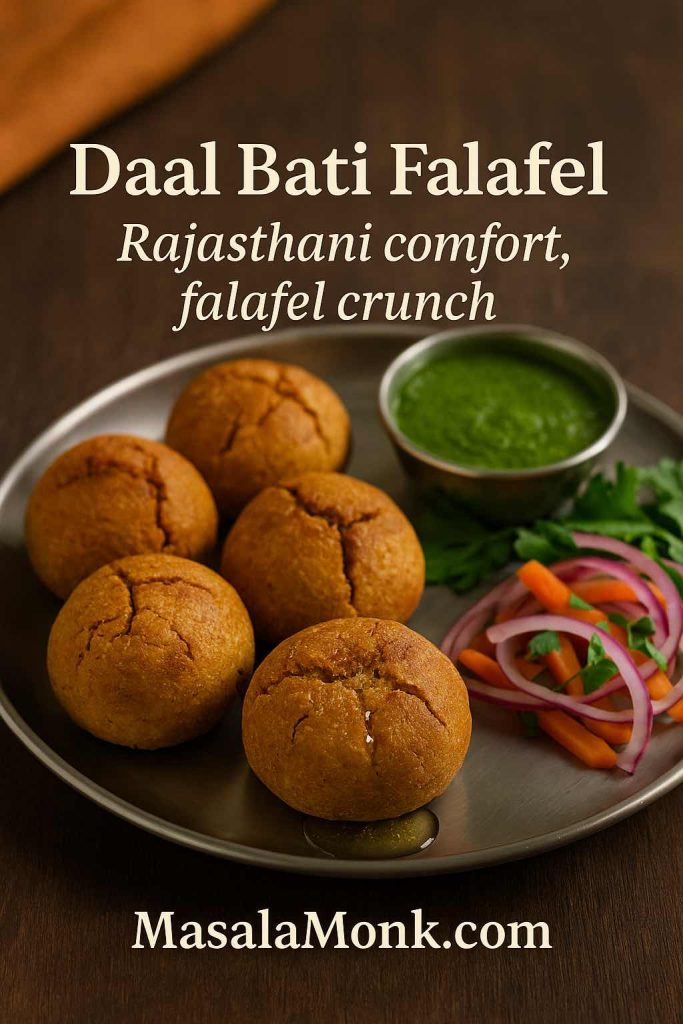
How to Make It Yours:
- Cook and mash a mix of moong, urad, and masoor dals (lentils).
- Combine with whole wheat flour, a touch of ajwain, hing, and chopped green chilies.
- Add a bit of mustard oil or ghee for flavor.
- Shape into small balls or discs—think mini batis!
- Bake for a healthier touch, or shallow fry for a treat.
Serving Inspiration:
Drizzle with warm ghee, serve with spicy green chutney or crushed over a tangy salad.
For the Health-Conscious:
Baked daal bati falafels are high-protein, high-fiber, and nourishing—great for anyone seeking hearty, gluten-friendly snacks.
On a Budget?
Dals are the backbone of Indian home cooking: cheap, filling, and super nutritious.
New for 2025: The Fusion Falafel Trends You Can’t Miss
Falafel’s Indian journey isn’t slowing down. This year’s biggest hits are:
Falafel Pav:
A Jaipur street star—classic falafel tucked into buttery pav buns with lettuce, onion, mint, and tamarind chutneys. A new classic for the fusion generation.
Falafel Chaat:
Mini falafels become the new base for party chaat—drizzled with yogurt, bright chutneys, showered in chaat masala, sev, and pomegranate. Every bite is a burst of flavor and color.
No-Fry Appam-Pan Falafel:
The appam pan is the Indian kitchen’s unsung hero—making dozens of low-oil, perfectly shaped falafels in minutes. Ideal for parties, tiffins, and health-focused foodies.
Tadka Falafel Sliders:
Fusion meets drama: Falafel sliders are topped with a hot tadka (spiced oil) of mustard seeds, curry leaves, sesame, and chili—poured over just before serving for a sizzle and aroma that stops conversations.
Pro Tips for Busy Kitchens
- Make-Ahead Magic: Prepare falafel dough ahead of time, refrigerate up to 2 days, or freeze shaped (uncooked) falafels for up to a month. Cook from frozen—no thawing needed.
- Smart Swaps: No chickpeas? Try black chana, moong dal, or a combo of beans and lentils. No fresh greens? Use frozen or even dried herbs.
- Air-Fryer Advantage: Every twist here can be air-fried with outstanding results. Preheat the air fryer, spritz the falafel with oil, and cook until golden—healthier, but just as crisp.
- Feed a Crowd: Double or triple the recipe for parties, tiffins, or weekday meal prep. Leftovers are perfect in wraps, over salads, or even crumbled onto pizza.
- Presentation Matters: Serve on wooden boards, in bowls, or even in banana leaves for an authentic street-food vibe.
The Joy of Sharing: Food Without Borders
What we love most about these Indian falafel twists isn’t just their taste, or even their health benefits. It’s the way they invite people in. Food like this is made for sharing—around a busy family table, with friends at a picnic, or even at a community gathering where traditions mingle and new favorites are born.
So go ahead—make falafel your own. Swap ingredients, play with spices, invent your own chutney or salad pairing. There’s no “wrong” way to do fusion if you’re having fun and feeding people you care about.
At MasalaMonk, we believe that great food is a journey, not a destination. And sometimes, the best journeys begin with something familiar—like falafel—and end somewhere wildly delicious, and utterly Indian.
Share your falafel experiments, tag us in your kitchen adventures, and inspire the next twist! Happy cooking and happy eating from all of us at MasalaMonk.
10 Most Relevant FAQs and Answers
1. What’s the secret to falafel that doesn’t fall apart while frying or air-frying?
The key is to use dried chickpeas soaked overnight (not canned or cooked), drain well, and chill your falafel mixture before shaping. If the mixture feels too wet, add a little besan (gram flour) or oats until it holds together.
2. Can I make falafel without a deep fryer?
Absolutely! Falafel can be baked in a hot oven or cooked in an air fryer for a crispy texture with less oil. You can also use an appe/appam pan on the stovetop for bite-sized, low-oil falafel balls.
3. How do I freeze falafel for later?
Shape the uncooked falafel mixture into balls or patties and freeze in a single layer. Once solid, transfer to a container or bag. Cook from frozen—just add a couple extra minutes to the cook time.
4. What are the best gluten-free binding options for falafel?
Use besan (chickpea flour), rice flour, or gluten-free oats as binders. Avoid regular wheat flour or bread crumbs if gluten is a concern.
5. How can I make falafel completely vegan?
All the basic falafel recipes are vegan by default. For the paneer twist, swap paneer for firm tofu or use extra chickpeas or lentils instead.
6. Are these Indian falafel twists suitable for meal prep?
Yes! Prepare the mixture or shape the balls/patties ahead of time and refrigerate for up to 2 days or freeze for longer. Cooked falafel also keeps well in the fridge for up to 4 days.
7. Can I use canned chickpeas if I’m short on time?
You can, but the texture will be softer and they may fall apart more easily. Drain and dry them thoroughly, and add a bit more flour or oats to help bind. The best texture comes from dried, soaked chickpeas.
8. What are some easy, Indian-style dips and sauces to serve with falafel?
Try mint-coriander chutney, tamarind chutney, spicy tomato chutney, coconut chutney, or even flavored yogurt (raita) with roasted cumin and black salt.
9. How do I make falafel less oily but still crispy?
Air-frying or baking with a light oil spray delivers crunch without excess oil. Avoid overcrowding and turn halfway for even browning. An appam pan is a great low-oil option for mini falafels.
10. Can I add other vegetables or beans to the falafel mixture?
Definitely! Try adding grated carrots, beetroot, sweet potato, spinach, or even black chickpeas or mung dal. This boosts nutrition and adds new flavors and colors to your falafel.


